1.
Introduction
Fractional calculus provides a concise model for the description of the dynamic events that occur in biological tissues. Such a description is important for gaining an understanding of the underlying multiscale processes that occur when, for example, tissues are electrically stimulated or mechanically stressed. The mathematics of fractional calculus has been applied successfully in physics, chemistry, and materials science to describe dielectrics, electrodes and viscoelastic materials over extended ranges of time and frequency, see [1,2].
Fractional calculus is now a well-established tool in engineering science, with very promising applications in materials modelling. Indeed, several studies have shown that fractional operators can successfully describe complex long-memory and multiscale phenomena in materials, which can hardly be captured by standard mathematical approaches as, for instance, classical differential calculus. Furthermore, fractional calculus has recently proved to be an excellent framework for modelling non-conventional fractal and non-local media, opening valuable prospects on future engineered materials, see [3,4].
Fractional calculus become a key tool for many fields such as Biology [5,6], Economy [7], Demography [8], Geophysics [9], Medicine [10] and Bio-engineering [11]. There are many interesting controversies and generalizations for fractional calculus available to handle more and more real world problems [5,12]. This operator is significant because of their singular Kernal and hence, it is interesting to develop inequalities involving fractional order derivatives and fractional operators. Now a days, "Hermite-Hadamard type inequalities" are one of the top trend topic for the researchers of convex analysis and inequalities, which is define as:
Theorem 1.1. [13] Let ξ:J⊆R→R be a convex function and u,v∈J with u<v, then the following double inequality holds:
Many fractional operators are used to generalized Hermite-Hadamard inequality, for example, Chen and Katugampola [14] presented Hermite-Hadamard and Hermite-Hadamard-Fejér type inequalities for generalized fractional integrals. In 2015, Set et al., [15] presented some new inequalities of Hermite-Hadamard-Fejer type for convex functions via fractional integrals. In 2016, Set, Sarikaya and Karakoc [16] presented Hermite-Hadamard type inequalities for convex functions via fractional integrals. Iscan in [17] presented Hermite-Hadamard type inequalities for harmonically convex functions. Gurbuz et al., in 2020, [18] studied Hermite-Hadamard inequality for fractional integrals of Caputo-Fabrizio type and presented some other related inequalities. The inequalities related to h-convexity had been studied in [19] by Varosanec. Also, there are many different extensions and versions appeared in number of papers and these extensions received many applications in different areas of mathematics, see for example [20,21,22,23,24,25,26]. For more detailed study about inequality theory and its applications, we refer to the readers [27,28,29,30,31] and the references therein.
Motivated by the work done in past years on generalizations of Hermite-Hadamard type inequalities for different convexities involving certain fractional integral operators, we developed Hermite-Hadamard type inequality for Caputo-Fabrizio fractional operator for the class of h convex functions in this paper. We also presented some other inequalities and gave applications of our results in special means. Our results are generalization and extension of many existing results in literature.
2.
Preliminaries
In this section, we present some known definitions and results that will help us in proving main results of this paper.
Definition 1. (Convex function) Consider an extended real valued function ξ:J→R, where J⊂Rn is any convex set, then the function ξ is convex on J if
holds for all u,v∈J and θ∈(0,1).
Definition 2. (h-convex function) [19] Let I,J be intervals in R, (0,1)⊂J and let h:J→R be a non-negative function, h≠0. A non-negative function ξ:I→R is h-convex if
holds for all u,v∈J and θ∈(0,1).
If the inequality (2.2) is reversed, then the function ξ is h-concave. The class of h convex functions is denoted by SX(h,J) and the class of h concave functions is denoted by SV(h,J).
In the following remark, we give the relationship between the definitions 1 and 2.
Remark 1. 1. If h(θ)=θ then (2.2) reduces to (2.1).
2. If h(θ)≥θ for all θ∈(0,1) and the function ξ is convex and non-negative than ξ∈SX(h,J).
3. If h(θ)≤θ for all θ∈(0,1)and the function ξ is convex and non-negative than ξ∈SV(h,J).
Definition 3. (Caputo-Fabrizio fractional time derivative) For any function ξ, the Caputo fractional derivative of order σ is denoted by (UFDt) and is defined as
with σ∈(0,1) and u∈[−∞,t),ξ∈H1(u,v),u<v, (H1(u,v) is class of first order differentiable function). By changing the kernal (t−x)−σ with the function exp(−σ(t−x)σ1−σ) and 1γ(1−σ) with B(σ)1−σ, where B(σ)>0 is a normalization function satisfying B(0)=B(1)=1, we obtained the new definition of fractional time derivative
Definition 4. [1] Let ξ∈H1(u,v),u<v,σ∈(0,1), then the left Caputo-Fabrizio fractional derivative is defined as
and the integral associated with this fractional derivative is
Here, the function B(σ)>0 is normalization that satisfy the condition B(0)=B(1)=1.
Now, the right Caputo-Fabrizio fractional derivative is defined as
and the integral associated with this fractional derivative is
Lemma 1. Consider a differential mapping ξ:J⊆R→R defined on ˚J and u,v∈J with u<v. If ξ′∈L[u,v] then we have
Lemma 2. [18,Lemma 2] Consider a differential mapping ξ:J=[u,v]→R defined on ˚J, and u,v∈J with u<v. If ξ∈L1[u,v], and σ∈(0,1) then we have
where k∈[u,v] and B(σ)>0 is a normalization function.
3.
Hermite-Hadamard inequality via h convex function involving Caputo-Fabrizio fractional operator
In the following theorem, we present a variant of Hermite-Hadamard inequality in the setting of h-convex functions.
Theorem 3.1. Let ξ:J=[u,v]→R be an h-convex function defined on [u,v] and ξ∈L1[u,v]. If σ∈(0,1), then we have
where k∈[u,v] and B(σ)>0 is as defined above.
Proof. The Hermite-Hadamard inequality for h-convex is as follows;
Since ξ is a h-convex function on [u,v], we can write
Multiplying both sides of (3.3) by σ(v−u)2B(σ) and adding 2(1−σ)B(σ)ξ(k), we get
After suitable rearrangement of (3.4), we arrive at the left inequality of (3.1).
Now we will prove the right side of (3.1). The Hermite-Hadamard inequality for h-convex functions is
By using the same operator with (3.3) in (3.5), we have
After suitable rearrangement of (3.6), we get the required right side of (3.1), which complete the proof.
Following remark proofs that our result is generalization of existing result.
Remark 2. Taking h(θ)=θ in Theorem 3.1, we get [18,Theorem 2].
In the following theorem, we present another variant of Hermite-Hadamard inequality.
Theorem 3.2. Let ξ1,ξ2:J⊆R→R be a h-convex functions on J. If ξ1ξ2∈L1([u,v]), then we have the following inequality:
where M(u,v)=ξ1(u)ξ2(u)+ξ1(v)ξ2(v), N(u,v)=ξ1(u)ξ2(v)+ξ1(v)ξ2(u) and k∈[u,v] and B(σ)>0.
Proof. By definition of h-convexity of ξ1 and ξ2, we have
and
Multiplying both sides of (3.8) and (3.9), we have
Integrating (3.10) with respect to θ over [0,1] and changing variables, we obtain
which implies
Multiplying both sides of (3.11) by σ(v−u)2B(σ) and adding 2(1−σ)B(σ)ξ1(k)ξ2(k), we get
Thus
The suitable arrangement of (3.12) completes the proof.
The following remark shows that our result is generalization of existing result.
Remark 3. Taking h(θ)=θ in Theorem 3.2 we obtain [18,Theorem 3].
Following theorem contains another variant of Hermite-hadamard inequality.
Theorem 3.3. Let ξ1 and ξ2 are h-convex functions on J. If ξ1ξ2∈L([u,v]), then we have
where M(u,v)=ξ1(u)ξ1(u)+ξ1(v)ξ1(v), N(u,v)=ξ2(u)ξ2(v)+ξ2(v)ξ2(u) and k∈[u,v] and B(σ)>0.
Proof. By using h-convexity of ξ1 and ξ2 and taking θ=12, we have
and
Multiplying the above inequalities at both sides, we get
Integrating (3.14) with respect to θ over [0,1] and changing variables, we obtain
Multiplying both sides of (3.15) by σ(v−u)2B(σ) and subtracting 2(1−σ)B(σ)ξ1(k)ξ2(k), we obtain
Thus
This implies that
Multiplying (3.16) 2B(σ)σ(v−u), we obtained the required inequality (3.13).
Remark 4. If we take h(θ)=θ in Theorem 3.3 we obtain [18,Theorem 4].
4.
Results concerning Caputo-Fabrizio fractional operator
In the following theorem, we present an inequality concerning Caputo-Fabrizio fractional operator in the setting of h-convexity.
Theorem 4.1. Consider a differentiable function ξ:J→R defined on ˚J such that the function |ξ′| is h-convex on [u,v], where u,v∈J with u<v. If ξ′∈L1[u,v] and σ∈(0,1), then we have
where
where k∈[u,v] and B(σ)>0 is a normalization function.
Proof. In the light of the Lemma 2 and the fact that |ψ′| is h-convex, we get
Which completes the proof.
Remark 5. If we take h(θ)=θ in Theorem 4.1, we obtain [18,Theorem 5].
Theorem 4.2. Consider a differentiable funciton ξ:J→R defined on ˚J such that the function |ξ′|q is h-convex on [u,v], u,v∈˚J with u<v,q>1,1p+1q=1 where u,v∈J with u<v. If ξ′∈L1[u,v], and σ∈(0,1), then we have
where k∈[u,v] and B(σ)>0 is a normalization function.
Proof. In the light of Lemma 2, Hölder's inequality and the fact that |ξ′|q is h-convex, we get
Which completes the proof.
Remark 6. If we take h(θ)=θ in Theorem 4.2 we obtain [18,Theorem 6].
5.
Application to means
Means has significant important in applied and pure mathematics, especially the accuracy of a results can be confirmed by the application to special means for real numbers u,v such that u≠v. They are in the following order;
For two positive numbers u>0 and v>0, the arithmetic mean is define as
The generalized logarithmic mean is defined as
Proposition 5.1. Let u,v∈[0,∞) with u<v, we have
Proof. In Theorem 4.1, if we set ξ(x)=x2, with σ=1 and B(σ)=B(1)=1, we obtained the required result.
Remark 7. If we put h(θ)=θ, in preposition (5.1) then we will obtain [18,preposition 1].
Proposition 5.2. Let u,v∈[0,∞) with u<v, then we have
Proof. In Theorem 4.1, if we set ξ(x)=ex, with σ=1 and B(σ)=B(1)=1, we obtained the required result.
Remark 8. If we put h(θ)=θ, in preposition (5.1) then we will obtain [18,preposition 2].
Proposition 5.3. Let u,v∈R+, u<v, then
Proof. In Theorem 4.1, if we set ξ(x)=xn, where n is an even number with σ=1 and B(σ)=B(1)=1, we obtained the required result.
Remark 9. If we put h(θ)=θ, in preposition (5.1) then we will obtain [18,preposition 3].
6.
Conclusions
The class of convex functions has special place in the theory of optimization problems due to their special properties, for example, any convex function defined on an open domain has exactly one minimum. An another important tool of mathematics is Caputo-Fabrizio integral operator that attract attentions of many mathematician and researcher working in other fields. This operator is very helpful for sake of modeling of problems of applies sciences and engineering. The fractional derivatives contribute significantly in modeling almost every phenomena in the field of Engineering and applied physics. In this paper, Hermite-Hadamard type inequalities for h-convex functions via Caputo-Fabrizio integral operator are derived. Some new and important integral inequalities involving Caputo-Fabrizio fractional integral operator are also obtained for h-convex functions. Many existing results in literature become the particular cases for these results as mentioned in remarks.
Acknowledgment
The work is partially supported by the Natural Science Foundation of Hebei Province of China (No. A2019106037), the Doctoral Scientific Research Foundation of Shijiazhuang University (No. 18BS013), and the Science and Technology R & D Program of Handan (No. 1721211052-5).
The authors are thankful to all the reviewers for their nice comments that help us to improve the quality of the paper. The present form of the paper is due to constructive comments of all five reviewers.
Conflict of interest
The authors declare that they do not have any conflict of interests.














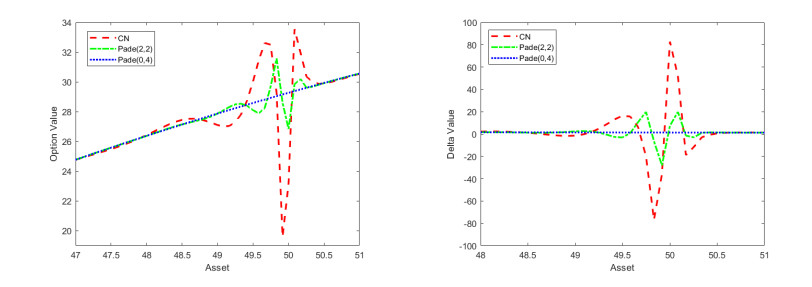
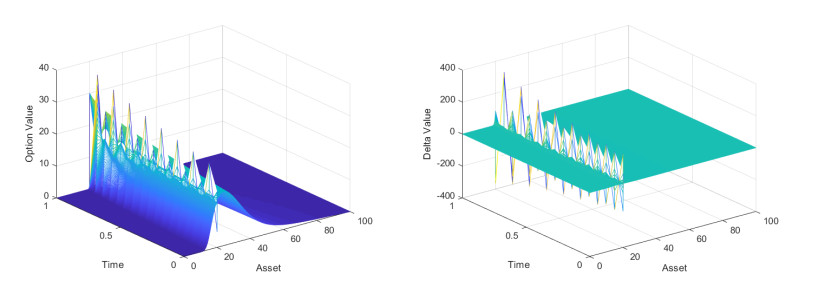

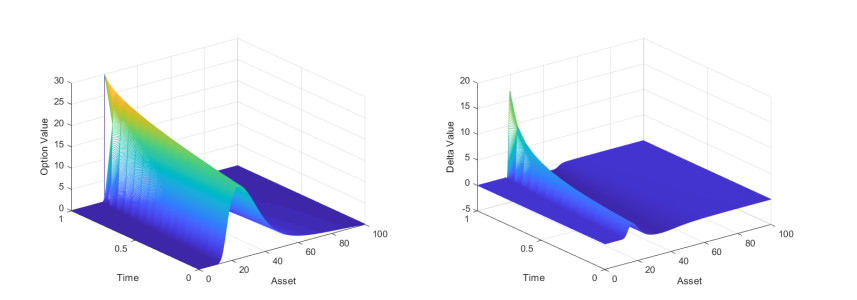
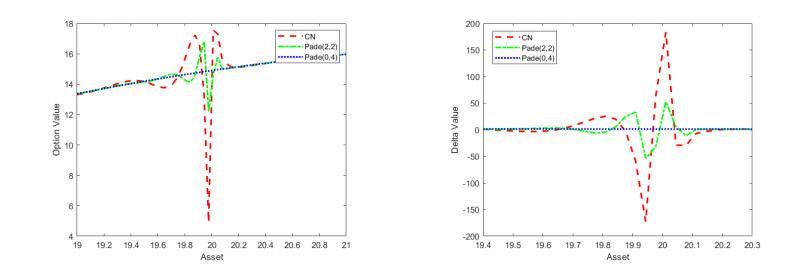
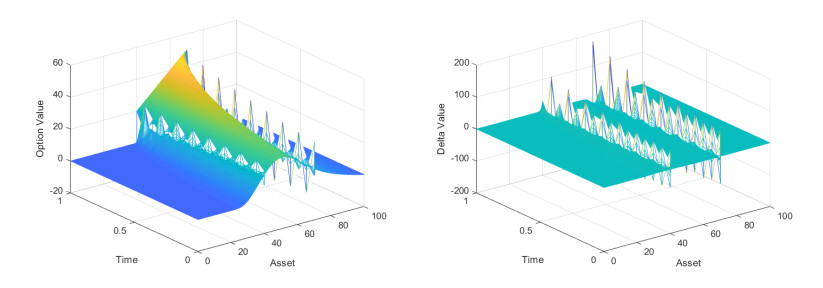
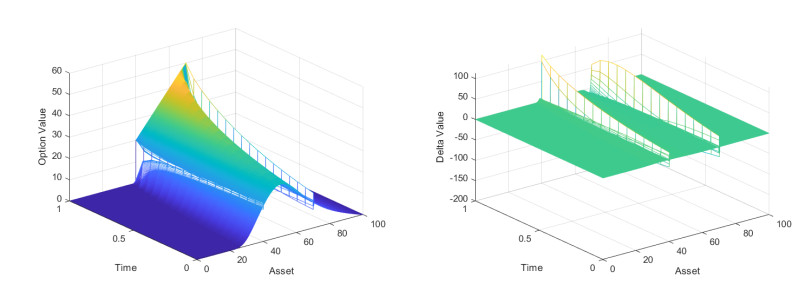
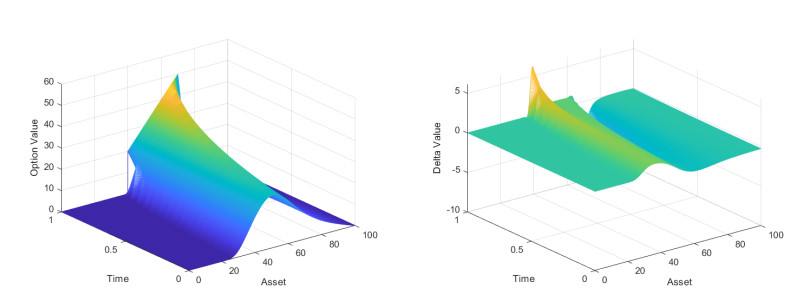
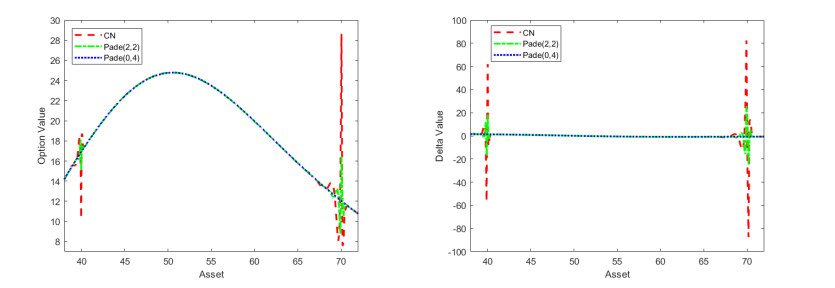

 DownLoad:
DownLoad: